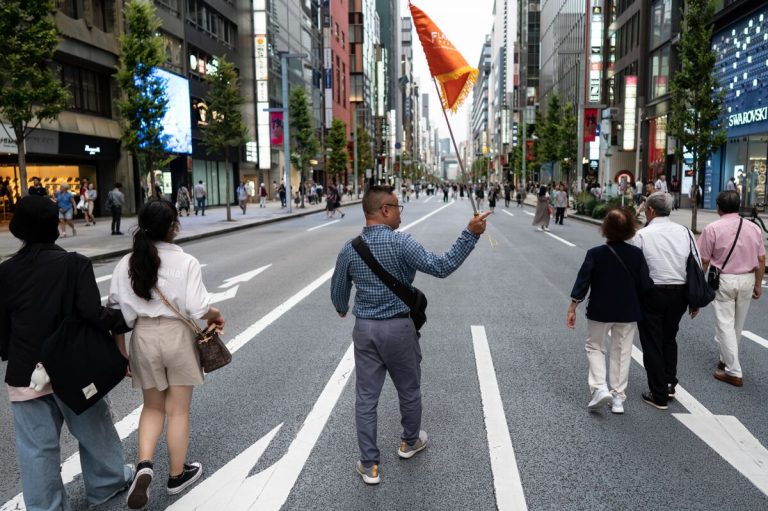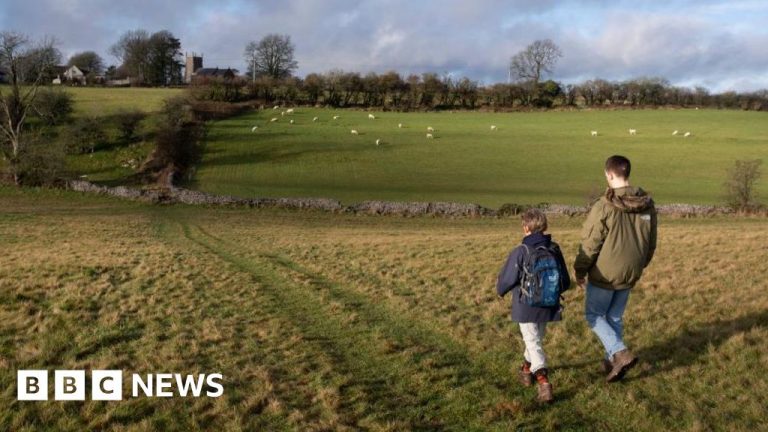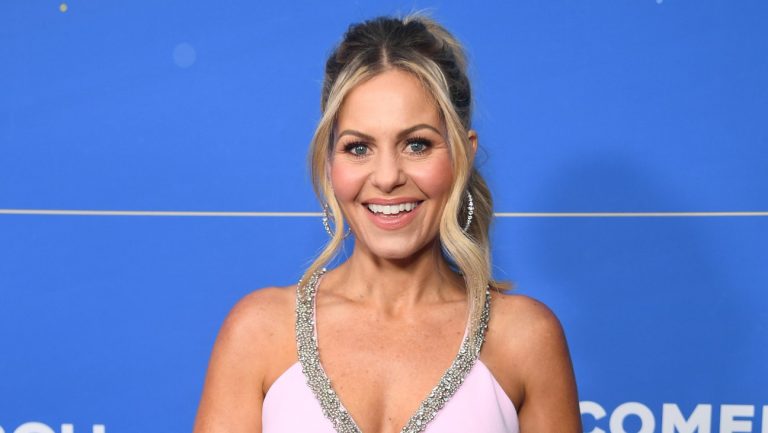
Bitcoin L2 Labs, the development firm behind Bitcoin layer-2 Stacks, has announced the mainnet release of sBTC, Stacks’ programmable 1:1 BTC-backed asset.
sBTC allows the decentralized movement of BTC in and out of Bitcoin layers. With sBTC, investors can access decentralized finance (DeFi) applications while maintaining Bitcoin’s core security principles.
Its mainnet release follows the Nakamoto upgrade, which introduced faster transaction speeds and 100% Bitcoin finality to the Stacks network. Implemented in October, the upgrade provided the technical foundation for the successful launch of sBTC.
Deposit-Only Mode
According to a press release sent to CryptoPotato, sBTC deposits will be available on the Stacks mainnet starting December 17, 2024, with withdrawals expected in March 2025.
L2 Labs noted that the initial phase of the sBTC launch introduces deposit-only functionality, allowing users to mint sBTC by depositing Bitcoin on Stacks. The platform has set a temporary cap of 1,000 BTC to manage liquidity and facilitate early development.
“The BTC cap provides liquidity for developers to utilize sBTC and for further integrations with institutional custodians and additional partners,” the platform stated in the release.
According to L2 Labs, the initial cap will gradually expand to accommodate more users as sBTC withdrawals become available in the first half of 2025 and the protocol transitions towards a fully open, permissionless signer set.
Reward for Early Participants
Perks have been set aside for early participants. According to the release, depositors will receive up to 5% annual Bitcoin rewards, paid in sBTC, simply for holding the asset.
sBTC’s launch marks a pivotal moment for the Bitcoin ecosystem as it opens up new possibilities for developers and users to build and utilize DeFi applications on the Bitcoin network.
Commenting on the latest release, Andre Serrano, Head of Product at Bitcoin L2 Labs, said:
“sBTC is a major milestone for the Bitcoin ecosystem. With sBTC, Bitcoin becomes highly capable beyond a store of value, unlocking the full potential of BTC in decentralized applications.”
Binance Free $600 (CryptoPotato Exclusive): Use this link to register a new account and receive $600 exclusive welcome offer on Binance (full details).
LIMITED OFFER for CryptoPotato readers at Bybit: Use this link to register and open a $500 FREE position on any coin!























+ There are no comments
Add yours